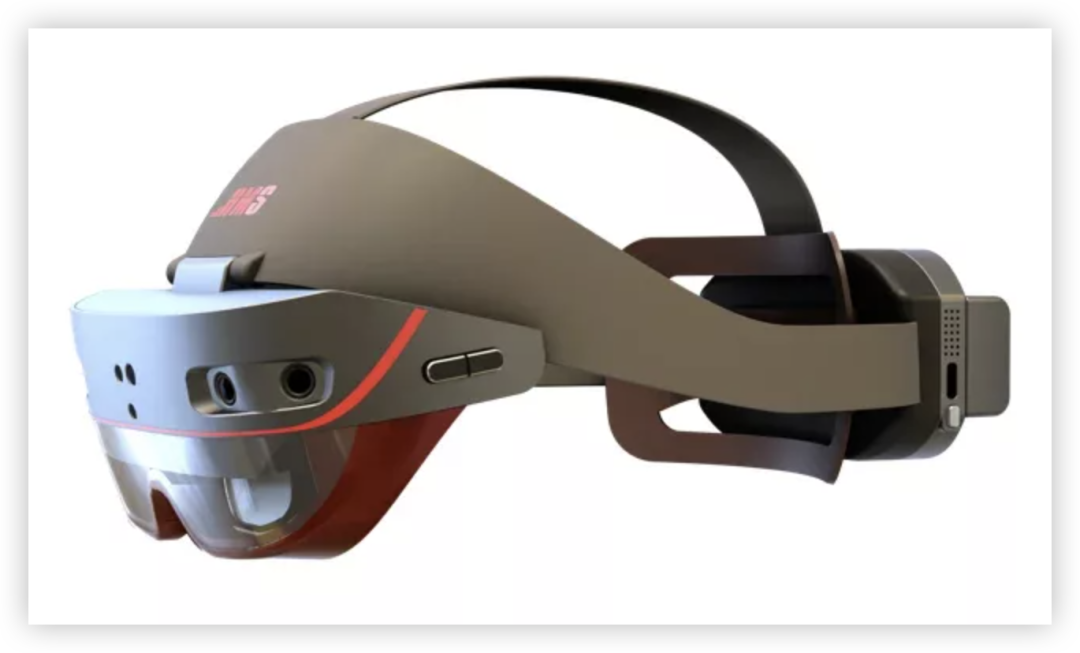Japanese Startup HMS Launches Industrial Marvel: SiNGRAY AR Glasses G2 - Hands-Free Efficiency Soars!

Still think AR glasses are just toys for gamers? You're way behind! Recently, HMS, a startup from Fukuoka, Japan, launched AR glasses specifically designed for industrial use - the SiNGRAY AR Glasses G2. It's said that these glasses can free workers' hands and boost efficiency dramatically. But is it really that magical? Let's take a look!
AR Glasses Are No Longer Toys!
The SiNGRAY AR Glasses G2 is not your typical AR glasses that can only watch videos and play games. It's a genuine industrial-grade device aimed at helping professionals in manufacturing, construction, healthcare, logistics, and other industries improve work efficiency and reduce error rates. Simply put, it's like having a smart assistant on your eyes that can overlay various information onto real-world scenes, making your work twice as effective.
What's the Black Magic Behind This Thing?
This AR glasses has quite a few highlights:
-
Crystal Clear Vision: Uses BirdBath optical system with clear images and vibrant colors, reducing eye fatigue even during extended wear.
-
Lightning Fast Processing: Powered by Qualcomm Snapdragon QCS8550 processor with strong performance, capable of running various AR applications effortlessly.
-
Built to Last: IP65 dust and water resistance, fearless in harsh work environments.
-
Long Battery Life: Supports hot-swappable 4800mAh battery with guaranteed endurance, allowing instant replacement without power interruption.
More importantly, it also supports OpenXR and Unity's AR Foundation development environment, making it convenient for developers to create custom applications.
Application Cases: Does It Make Manual Labor Easier?
The SiNGRAY AR Glasses G2 paired with HMS's industrial 3D manual creation platform "frontline.io" is truly a powerful combination. Imagine construction workers on site wearing these glasses, with detailed construction drawings and operation steps appearing before their eyes - no more fumbling with paper documents.
In healthcare, doctors can conduct remote consultations through AR glasses and provide real-time guidance during surgeries. In logistics, workers can quickly scan cargo information using AR glasses to improve sorting efficiency. In short, with enough imagination, you can discover the enormous potential of these AR glasses across various industries.
Device Specifications Overview
| Optical System | |
| Display Resolution | |
| Frame Rate | |
| Field of View (FOV) | |
| Contrast Ratio | |
| CPU | |
| RAM | |
| ROM | |
| VPU | |
| Stereo VSLAM Fisheye Camera | |
| RGB Camera | |
| Depth ToF Camera | |
| IMU | |
| SLAM Engine | |
| Audio | |
| Battery | |
| Dust/Water Protection | |
| External Connection | |
| SDK Support |
HMS: A Japanese Startup That's Not So Simple
Speaking of HMS, although it was only founded in 2018, its capabilities should not be underestimated. This company focuses on developing and implementing 3D sensing and artificial intelligence technologies for industrial tasks. Their AI cameras and cloud platform SiNGRAY NET have already gained market recognition. Additionally, the company is actively expanding its overseas business, opening offices in China, France, and the United States.
The Future of AR Glasses: The New Standard in Industrial Fields?
With continuous technological advancement and gradually decreasing costs, the application prospects of AR glasses in industrial fields are becoming increasingly broad. The emergence of the SiNGRAY AR Glasses G2 undoubtedly injects new momentum into this trend. So, can it ultimately become the "new standard" for industrial AR? Let's wait and see!
分享文章
3篇相关文章
Farewell Adobe Aero: Where Does the AR Creation Path Lead? Deep Analysis of Service Shutdown Impact and Efficient Alternatives!
2025-08-14
Adobe Aero is about to shut down, causing shockwaves in the AR creation community. This article provides deep analysis of the shutdown impact and practical alternatives for users to help you transition smoothly and continue on your AR creation journey.
Cadillac's 'Vision' Opens Wide: How AR-HUD Technology Reshapes Future Driving Experience?
2025-08-13
General Motors' Cadillac brand is about to introduce revolutionary AR-HUD technology, which is not just a simple upgrade, but a disruptive beginning of future driving experience.
Goodbye Boring Navigation: Amap’s AR Check-In Ignites Urban Exploration
2025-07-10
Amap’s new AR check-in feature, powered by AI, transforms every city adventure into a unique experience. It’s not just a navigation tool, but a key to unlocking urban stories—empowering everyone to become the protagonist of their own life and record the world’s wonders with the warmth of technology.